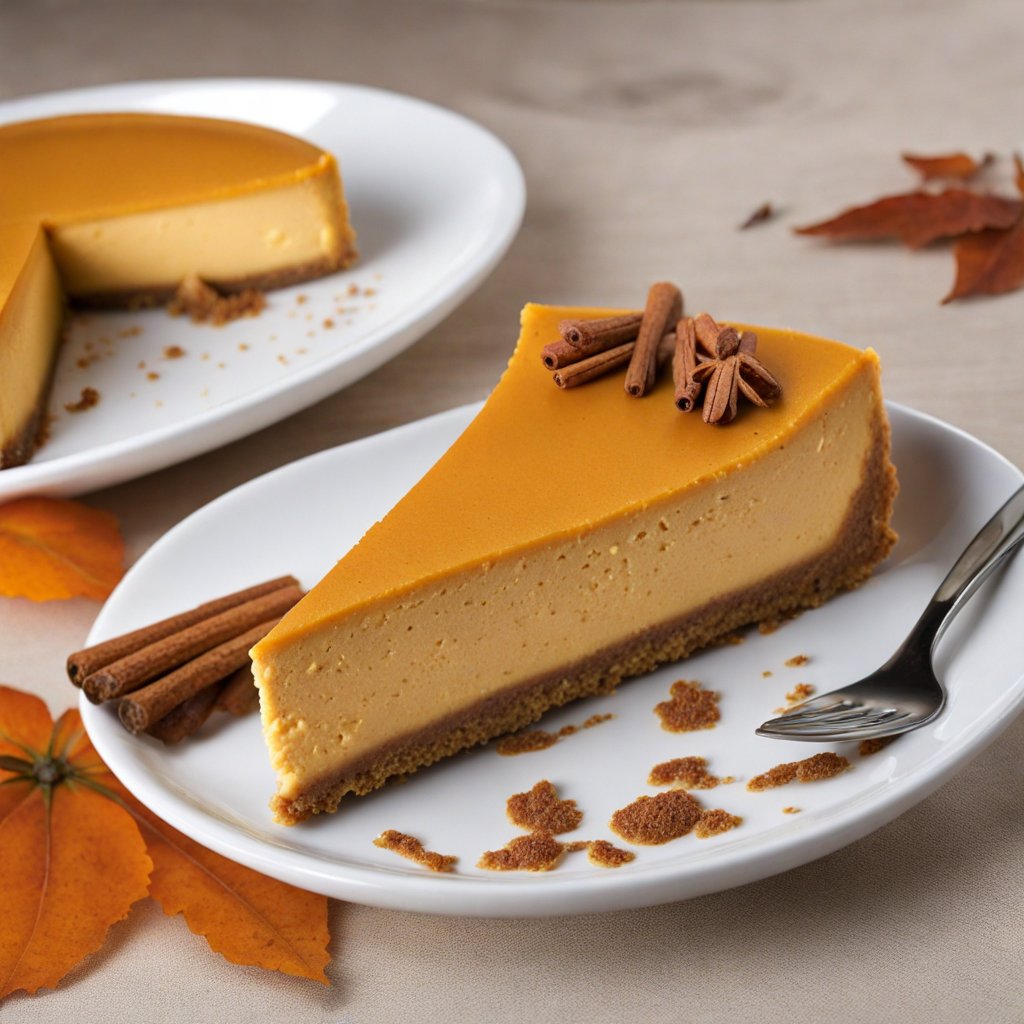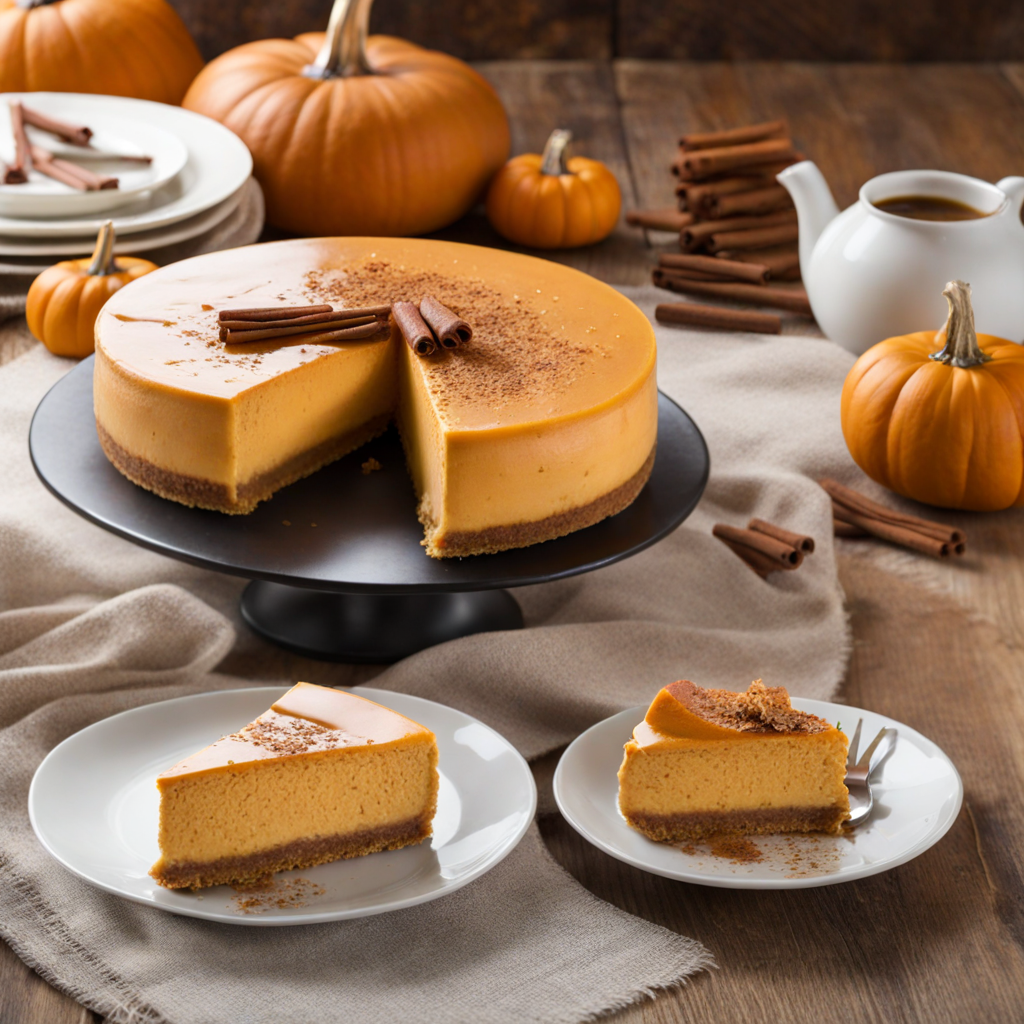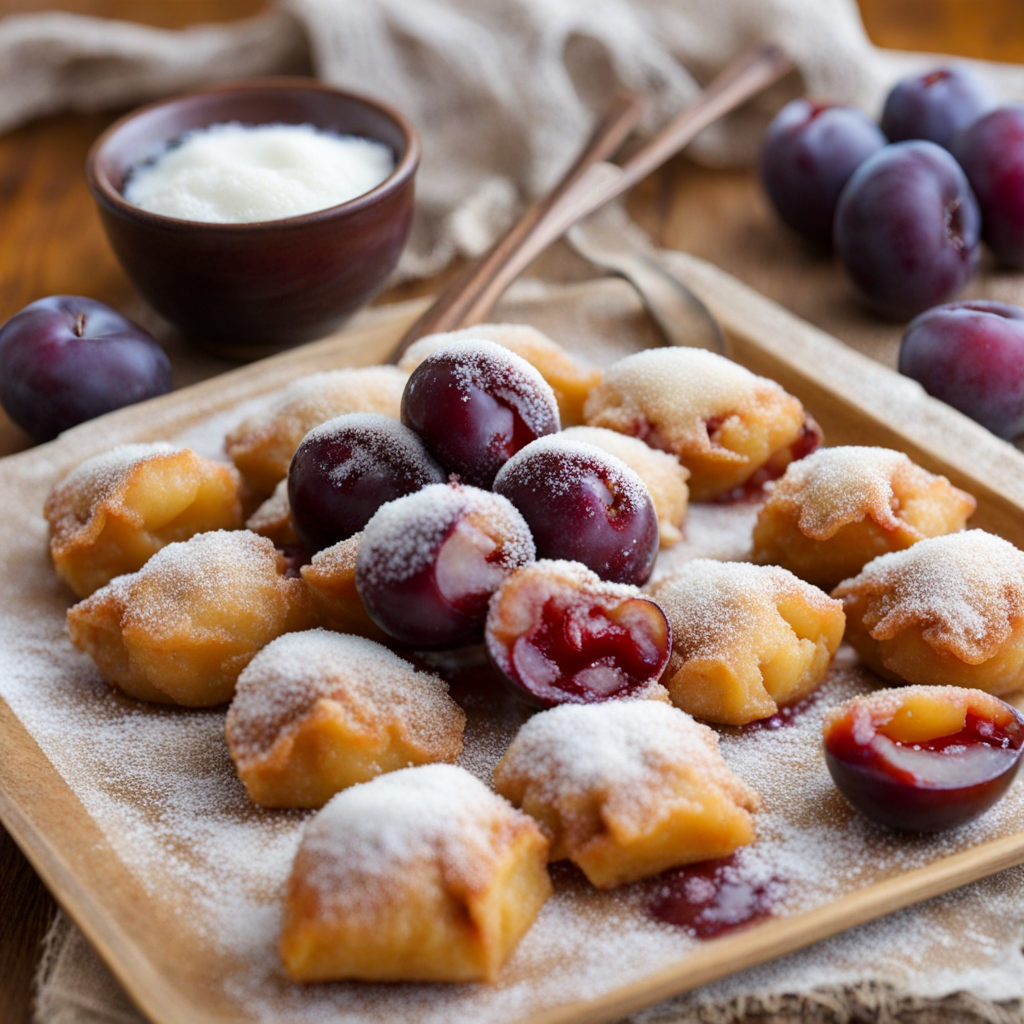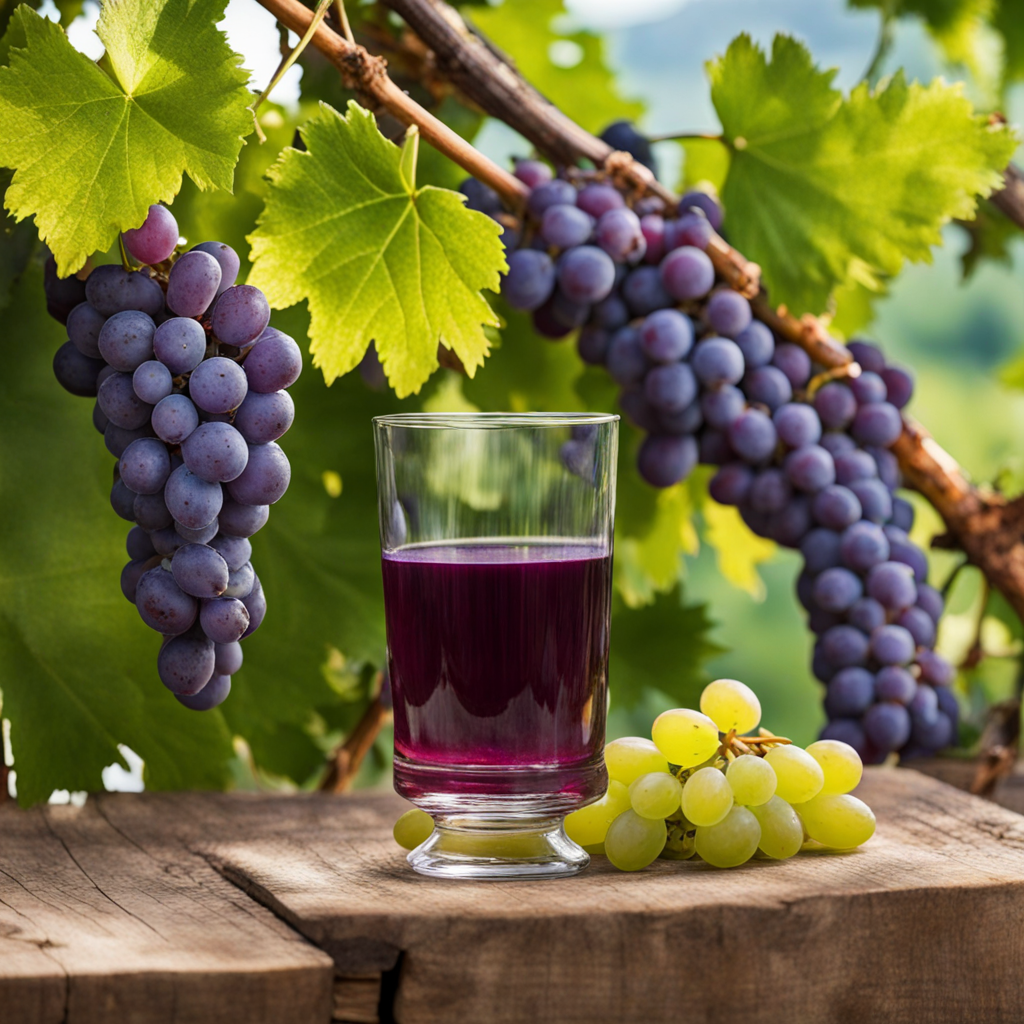Pumpkin Cheesecake
Pumpkin Cheesecake, a delightful Slovenian dessert, is a harmonious blend of creamy cheesecake and the rich, earthy sweetness of pumpkin. The base is typically made from a crumbly mixture of crushed biscuits and butter, which provides a satisfying crunch that contrasts beautifully with the smooth filling. The pumpkin puree, often spiced with cinnamon, nutmeg, and cloves, brings warmth and depth to the dish, creating a cozy flavor profile that evokes the essence of autumn. This combination of textures and flavors makes each bite a comforting experience, perfect for gatherings or a quiet evening at home. The filling is crafted from a blend of cream cheese, sugar, and eggs, which creates a luxurious, velvety texture that melts in your mouth. As the cheesecake bakes, the spices infuse the filling, enhancing the pumpkin's natural sweetness while the cream cheese adds a tangy richness. The result is a dessert that balances sweet and savory notes, making it an unforgettable treat. Often topped with a dollop of whipped cream or a drizzle of caramel sauce, Pumpkin Cheesecake is visually appealing and adds a touch of elegance to any dessert table. In Slovenia, this dessert is not just a seasonal favorite but a cherished tradition, often made during harvest time when pumpkins are at their peak. It embodies the local culinary philosophy of using fresh, seasonal ingredients, resulting in a dish that is both nostalgic and innovative. Whether enjoyed during festive celebrations or as a special treat, Pumpkin Cheesecake offers a unique taste experience that invites you to explore the rich flavors of Slovenian cuisine, leaving a lasting impression on your palate.
How It Became This Dish
## The Delightful Journey of Bučni Cheesecake: A Slovenian Culinary Treasure Origins and Ingredients Bučni cheesecake, or pumpkin cheesecake, is a beloved dessert hailing from Slovenia, a country renowned for its rich culinary tradition that marries local ingredients with historical influences. The origins of Bučni cheesecake can be traced back to the agricultural practices of Slovenia, where pumpkins have been cultivated for centuries, particularly in the region of Prekmurje. This area, characterized by its fertile soil and a temperate climate, has been a hub for pumpkin farming, and thus, it is no surprise that pumpkin has found its way into numerous traditional Slovenian dishes. The primary ingredient in Bučni cheesecake is the pumpkin, specifically the oilseed pumpkin, which is known for its rich, nutty flavor and creamy texture. This variety, often used in Slovenian cooking, has a unique ability to impart a subtle sweetness and silkiness to desserts. The cheesecake itself typically incorporates a mix of local cheeses—most commonly, a type of fresh cheese known as "skuta"—which adds a creamy consistency that pairs beautifully with the pumpkin. Other common ingredients include sugar, eggs, and sometimes a hint of cinnamon or nutmeg, which enhance the warm, comforting flavors of the dish. Cultural Significance Bučni cheesecake holds a special place in Slovenian culture and cuisine, serving as a symbol of the country’s agricultural heritage. As a dessert, it embodies the values of resourcefulness and sustainability, often made from leftover pumpkin puree that might otherwise go to waste. In many households, making Bučni cheesecake is a family affair, passed down through generations, with recipes varying slightly from one family to another, each adding their unique touch. The dessert is particularly popular during autumn, coinciding with the pumpkin harvest. Festivals celebrating pumpkins, such as the "Pumpkin Festival" in the town of Moravske Toplice, showcase Bučni cheesecake alongside other pumpkin-based dishes, highlighting its importance in local festivities. These events not only celebrate the bountiful harvest but also strengthen community ties, as families and friends gather to share in the seasonal delights. Historical Development The evolution of Bučni cheesecake is a testament to Slovenia’s rich history of culinary exchange. Influenced by both neighboring countries and its own diverse regional cuisines, Slovenia has seen the integration of various cooking methods and flavor profiles throughout the centuries. The cheesecake concept itself likely has roots in ancient Greece and Rome, where similar dishes were made with cheese and baked in a crust. As these ideas spread across Europe, they adapted to local ingredients and tastes, eventually giving rise to the modern cheesecake we recognize today. In Slovenia, the introduction of dairy farming and cheese-making techniques contributed significantly to the development of Bučni cheesecake. By the Middle Ages, the region was already known for its high-quality cheeses, and the practice of using cheese as a base for desserts became more common. The incorporation of pumpkin into the cheesecake is a more recent adaptation, likely influenced by the agricultural practices of the 19th and 20th centuries, when home cooks began experimenting with local produce to create innovative desserts. Modern Interpretations and Global Recognition In recent years, Bučni cheesecake has gained popularity beyond Slovenia, finding its way onto the menus of various international restaurants and cafés that celebrate Eastern European cuisine. Chefs are increasingly recognizing the charm of this pumpkin-infused dessert, offering modern interpretations that may include various crusts, toppings, and flavor combinations. For instance, some contemporary recipes incorporate ginger or chocolate, while others may use alternative sweeteners or gluten-free crusts to cater to evolving dietary preferences. Social media has played a significant role in the resurgence of interest in Bučni cheesecake, as food enthusiasts share recipes and photographs, showcasing its vibrant orange color and creamy texture. This exposure has not only helped to preserve traditional recipes but also sparked creativity among home bakers and professional chefs alike. Cooking classes and workshops focused on Slovenian cuisine have also begun to feature Bučni cheesecake, further promoting its appreciation. Conclusion Bučni cheesecake is more than just a dessert; it is a delicious representation of Slovenia's agricultural roots, cultural values, and culinary evolution. From its humble beginnings as a way to utilize pumpkin and cheese, it has grown into a cherished dish that reflects the spirit of Slovenian hospitality and creativity in the kitchen. As it continues to delight both locals and visitors alike, Bučni cheesecake stands as a testament to the power of food to connect people, celebrate tradition, and foster innovation. In an increasingly globalized world, where culinary traditions often blend and evolve, the enduring charm of Bučni cheesecake serves as a reminder of the importance of preserving cultural heritage through food. Whether enjoyed at a festive gathering, a rustic family dinner, or a modern café, every slice of Bučni cheesecake carries with it a piece of Slovenia's rich history and a taste of its vibrant culinary identity.
You may like
Discover local flavors from Slovenia







